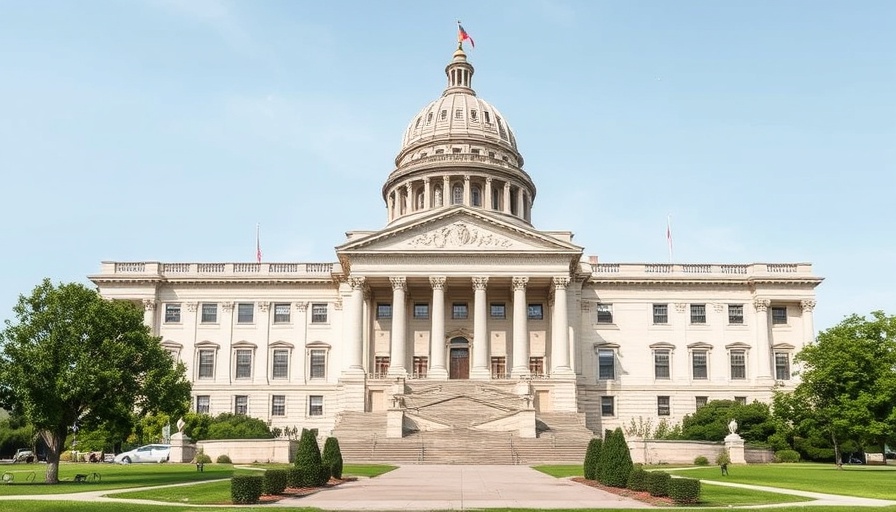
Texas Faces Water Scarcity: Understanding the Crisis
The Lone Star State is stepping into a challenging future with plans of investing $20 billion to address an imminent water crisis. As drought conditions worsen, more than 6 million Texans find themselves in regions suffering from severe water shortages. This article explores the legislative efforts being made in Texas to enhance water sustainability through well-planned infrastructure and conservation projects.
Legislative Moves: A Shift Towards Water Security
Recently, both chambers of the Texas legislature came together to pass critical measures aimed at securing the state's water supply. The Senate approved House Joint Resolution 7, allowing voters to decide on a constitutional amendment that allocates $1 billion annually for vital water projects until 2047. This substantial funding will not only support new infrastructure but will also focus on much-needed repairs and conservation tactics.
Desalination and Infrastructure: The Future is Now
Among the revised initiatives, funding will specifically benefit desalination projects and the repair of existing water infrastructure. These enhancements are pivotal as Texas faces dual challenges: droughts in some regions and flooding in others. With funds also directed toward flood mitigation, the state aims to create a more resilient water system, capable of responding to these climatic extremes.
Impact on Homeowners: What It Means for Residents
This legislative investment not only impacts large-scale operations but is also crucial for homeowners across the state. For many, understanding the implications of water scarcity is essential, especially as water conservation becomes increasingly necessary. Homeowners can expect access to resources aimed at improving water efficiency in their own residences, from rainwater harvesting systems to drought-resistant landscaping.
Community Engagement: The Role of Residents
As Texas takes these legislative steps, community involvement plays a vital role. Homeowners and contractors alike can engage in discussions on local water issues, ensuring their voices are heard. City councils and community forums provide platforms for residents to express their concerns, which are crucial in shaping the future of water management in their locales.
The Broader Landscape: Drought Patterns and Climate Change
The water crisis in Texas isn’t solely a state issue; it reflects a broader trend of climate change impacting weather patterns across the southern U.S. The National Integrated Drought Information System (NIDIS) identifies Texas as part of a weather extreme belt, causing disparities in drought and flood conditions. Recognizing this larger context not only amplifies the significance of Texas' legislative efforts but underscores the necessity of adaptive strategies across the region.
Looking Ahead: Preparing for Future Challenges
By investing in water infrastructure now, Texas is prioritizing sustainability, potentially avoiding more severe crises in the future. The ongoing commitment to water projects signals a proactive approach, reassuring residents that their state is responsive to the pressing issue of water scarcity. Homeowners should take note of these developments, as understanding and adapting to water resource management is critical in navigating an uncertain future.
Drought may be an ever-present challenge, but with legislative support and community engagement, Texas is taking substantial strides toward water security. As the fall elections approach, your voice matters—encourage fellow residents to participate in the upcoming decision to vote on the proposed changes that will shape Texas' water future.
 Add Row
Add Row  Add
Add 






Write A Comment